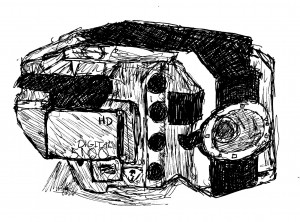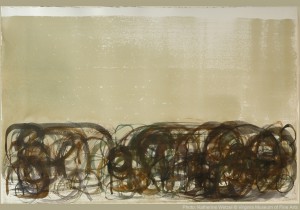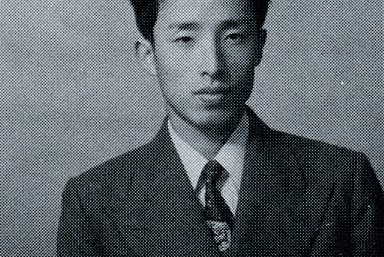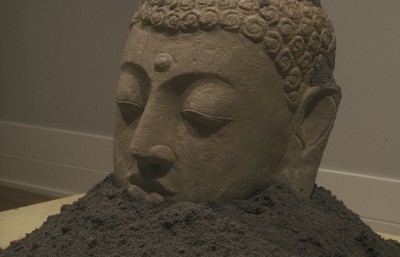
Video Technology Drawing by M.LiT Student, Mathilda Pflaeging. Virginia Museum of Fine Arts Teen Programs, 2015.

Work of art by John Cage titled, “New River Watercolors, Series IV, #1, 1988.” Photo: Katherine Wetzel © Virginia Museum of Fine Arts. 27 September 2005
Abstract Art- a trend in painting and sculpture in the twentieth century. Abstract art seeks to break away from traditional representation of physical objects. It explores the relationships of forms and colors, whereas more traditional art represents the world in recognizable images.
Condition Report – a fine art term for a written report by an art expert such as an art conservator, museum or auction house staff member, art museum registrar or art appraiser that tracks any damages or noteworthy changes to an artwork.
Treatment Proposal – the agent, procedure, or regimen used to fix or treat a work
Damage Report- a document that describes and establishes a value for damage to a shipping container aboard a shipping vessel.
Fluxus – founded by George Maclunas, a group whose mission was to “promote a revolutionary flood and tide in art, promote living art and anti-art
Avant Garde- used to describe any artist, group or style which is considered significantly ahead of its time. The painting by John Cage on the left is considered to be a part of the avant garde movement
Neo-Dada – meaning “new-dada” or “anti-dada” used more subtle messages and strategies more fitting to the Cold War era
Bibliography
Hakuta, Ken. “The Estate of Artist Nam June Paik.” Nam June Paik Studios. Accessed March 15, 2015.
Hakuta, Ken. “The Estate of Artist Nam June Paik.” Nam June Paik Studios. Nam June Paik Estate, n.d. Web. 15 Apr. 2015.
Hanzal, Carla. “Sculpture” International Sculpture Center, June 2001. Web. 19 Apr. 2015. Sculpture.org.
Lamp, Lucy. “Elements of Art: Movement and Time.” Sophia. Accessed April 19, 2015. http://www.sophia.org/tutorials/elements-of-art-movement-and-time.
Lamp, Lucy. “Elements of Art: Movement and Time.” Sophia. SOPHIA Learning, n.d. Web. 19 Apr. 2015.
“Media Art Net | Paik, Nam June: TV-Buddha.” Media Art Net. Nam June Paik, n.d. Web. 19 Apr. 2015.
“Nam June Paik.” BrainyQuote, Xplore Inc, 2015. Accessed April 19,2015. http://www.brainyquote.com/quotes/authors/n/nam_june_paik.html,
“Nam June Paik Quotes.” BrainyQuote. Accessed April 19, 2015. http://www.brainyquote.com/.
Nam June Paik, Buddha Watching TV, 1974/1997. Stone sculpture, soil, television, video camera, wood base. Virginia Museum of Fine Arts.
“Paik, Nam June: TV-Buddha.” Media Art Net. Accessed April 19, 2015. http://medienkunstnetz.de/works/tv-buddha/.
Rosenbery, Karen. “He Tickled His Funny Bone, and Ours.” The New York Times. The New York Times, 10 Jan. 2013. Web. 05 May 2015
Smith, Roberta. “Nam June Paik, 73, Dies; Pioneer of Video Art Whose Work Broke Cultural Barriers.” The New York Times. The New York Times, 30 Jan. 2006. Web. 05 May 2015.


